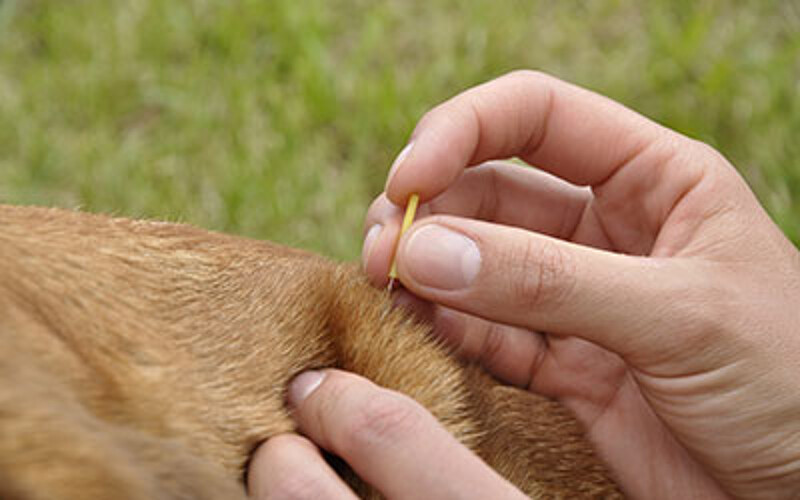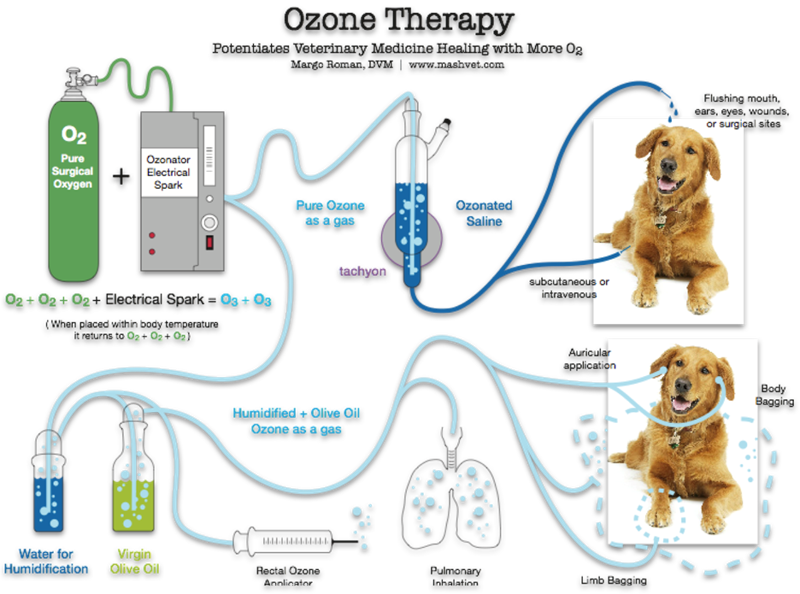
Course Starts In :
0
Days
0
Hours
0
Minutes
0
Seconds
Certification in Clinical Integrative Canine Rehabilitation
January 27, 2026
















